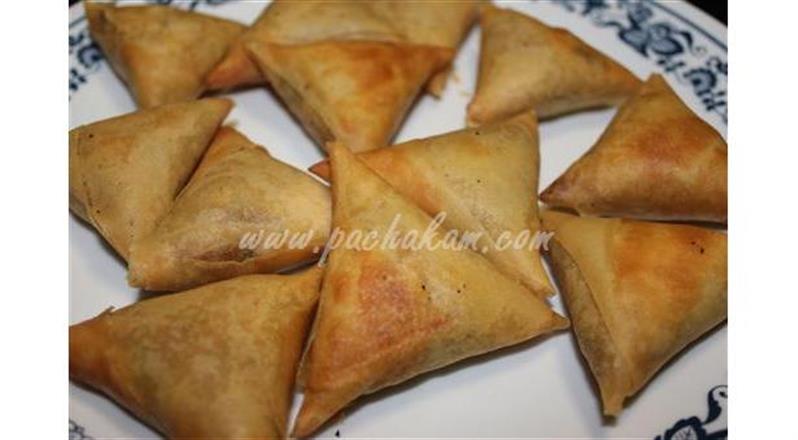
Exploring The Culinary Delight Of Vegetable Samosa:
Healthy Vegetable samosa with its tantalizing aroma and exquisite flavor, has been a culinary delight for generations. These triangular parcels of goodness, originating from the Indian subcontinent, have found their way into the hearts and palates of people worldwide. In this article, we’ll delve into the history, cultural significance and variations of vegetable samosas.
A Bite of History:
The origin of samosas is believed to trace back to medieval Persia, where they were called “sambusak.” These early versions consisted of a pastry filled with minced meat, nuts, and aromatic spices. As the recipe journeyed through trade routes, it underwent transformations, adapting to local tastes and preferences. In India, samosas took on a vegetarian twist, with potatoes, peas, and spices becoming the primary filling. The portability and deliciousness of these snacks made them a favorite street food and snack for travelers.
Cultural Significance:
Vegetable samosas hold cultural significance in various parts of the world. In India, they are often served during celebrations and festivals, symbolizing unity and festivity. In the Middle East, samosas remain a cherished part of iftar meals during Ramadan. These savory pastries have also found their place on the tables of global cuisines, highlighting their versatility and adaptability.
Ingredients and Variations:
The beauty of a Healthy Vegetable Samosa lies in its adaptability to regional tastes and seasonal ingredients. While the core components typically include a pastry shell and a vegetable filling, variations abound. Besides the ubiquitous potato and pea filling, samosas can contain a diverse range of ingredients like spinach, lentils, cauliflower, carrots, and paneer. Samosas are a fragrant blend of spices. Cumin, coriander, garam masala, and chilli are among the common spices used to season the fillings. The choice of spices can vary based on regional preferences and personal taste. The outer shell of samosas can be made from various types of pastry, including traditional all purpose flour, wheat flour or even gluten-free alternatives.
Conclusion:
Healthy Vegetable Samosa with its rich history, cultural significance, and diverse variations, are a testament to the beauty of global cuisine. Whether you savor them as a snack, appetizer, or part of a festive meal, the allure of samosas lies in their ability to bring together flavors and traditions from around the world. As you explore the world of samosas, you embark on a culinary journey that bridges cultures and generations, one delectable bite at a time.

Healthy Vegetable Samosa
Ingredients
- 2 tbsp Ghee or Butter
- 2 cups All purpose flour Maida
- 1/2 tsp Thymol Vaum/Ajwain
- 1/2 tsp Salt
- Water
- Oil for deep frying
For the filling:
- 2 tbsp Oil
- 1/2 tsp Cumin seeds Jeerakam
- 8 ounces Potatoes Boiled in salted water and diced
- 1/3 cup Green peas cooked
- 1/2 tsp Salt
- 1 tsp Coriander powder
- 1/2 tsp Turmeric powder
- 1/2 tsp Cayenne powder
- 1 no Green chilly Deseeded & finely chopped
- 1 tsp Dried mango powder Amchur
Instructions
For Preparing The Filling:
- Heat the oil and saute the cumin seeds in the oil until they crackle.
- Add the remaining ingredients: cooked and diced potatoes, cooked green peas, green chilly, coriander powder, turmeric powder, cayenne powder, amchur powder and required salt. Saute well in low flame for 1 minute. If you want to give a gentle crush to the potatoes you can do so.
- Leave it to cool.
- Roll out the dough thinly, then cut into 3-inch circles. Cut each circle in half. Put a spoonful of filling on one semi circle and roll over the top, pressing the edges firmly to seal.
- Heat oil and deep fry them till they become golden brown.
- :- Serve hot. :- Makes 6-7 pieces.
Notes

Malabar Beef Samosa | Kerala Beef Samosa
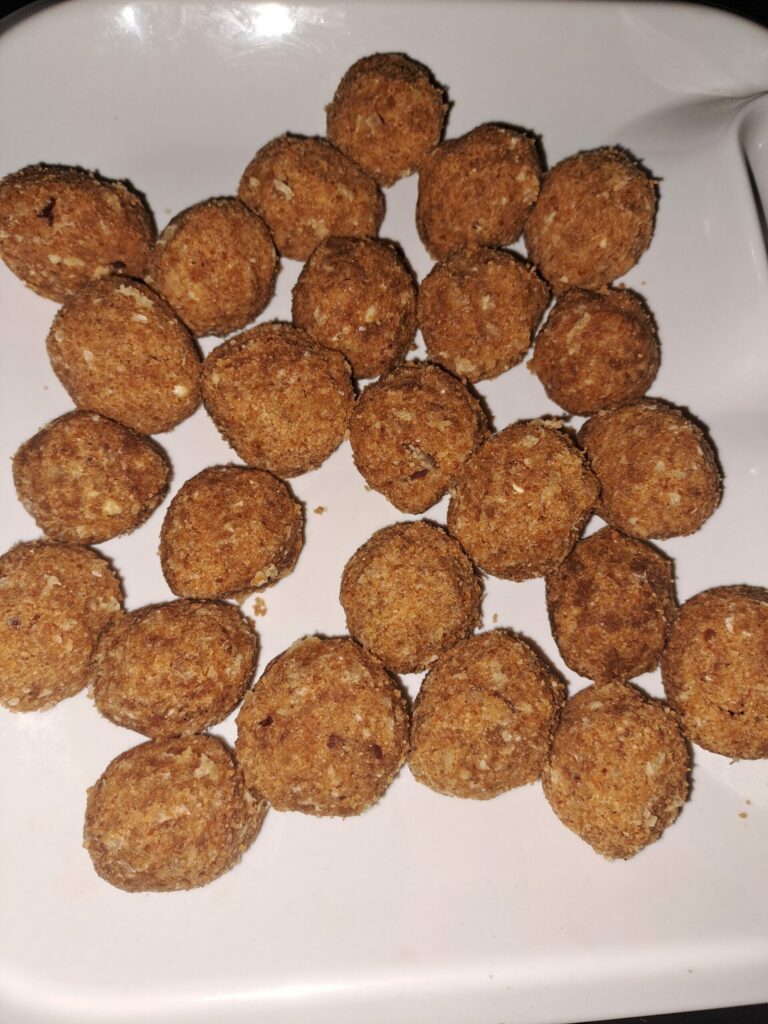
Cashew Rice Balls | Cashew Rice Snacks
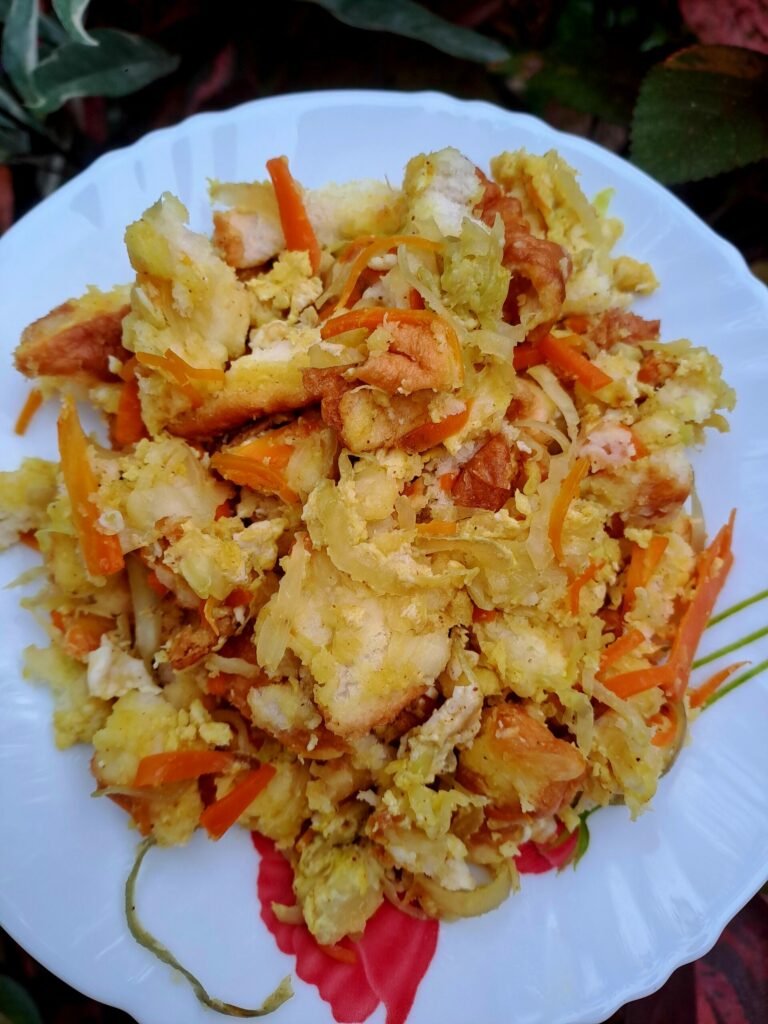
Vegetable Bread Upma | Easy Bread Upma
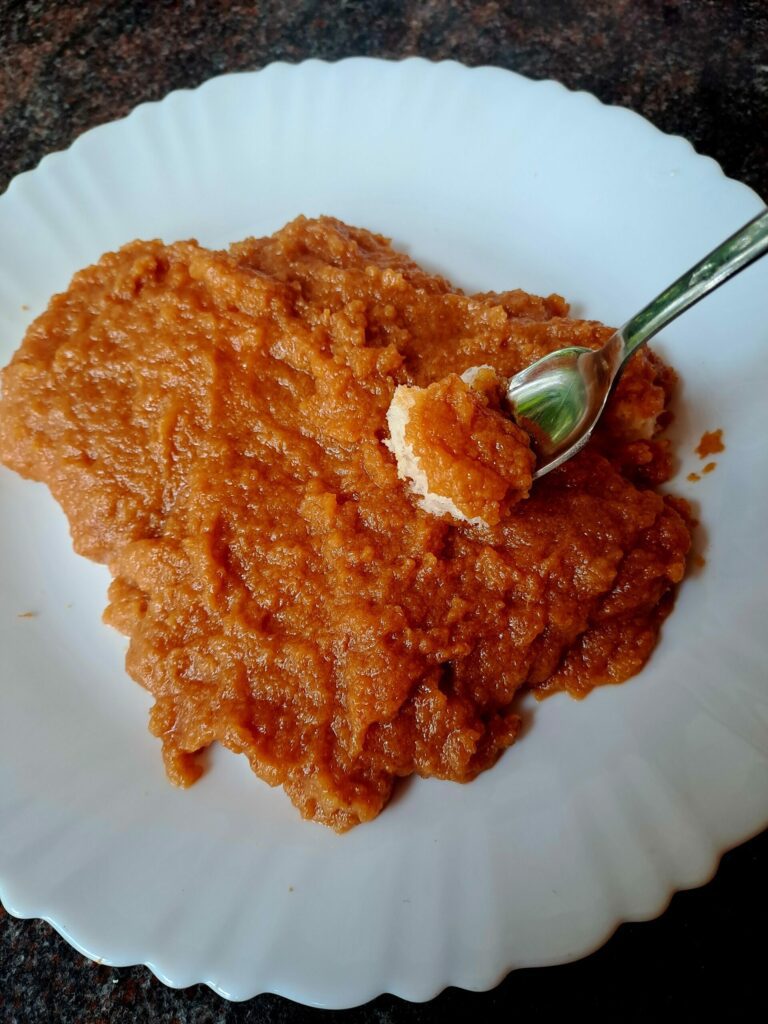
Caramel Bread Sauce Dessert | Homemade Caramel Bread Delight

Malabar Beef Samosa | Kerala Beef Samosa

Cashew Rice Balls | Cashew Rice Snacks

Vegetable Bread Upma | Easy Bread Upma



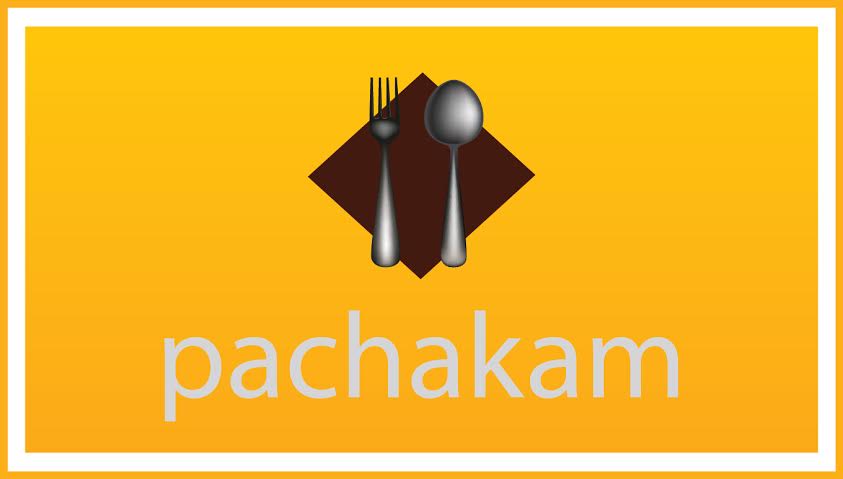

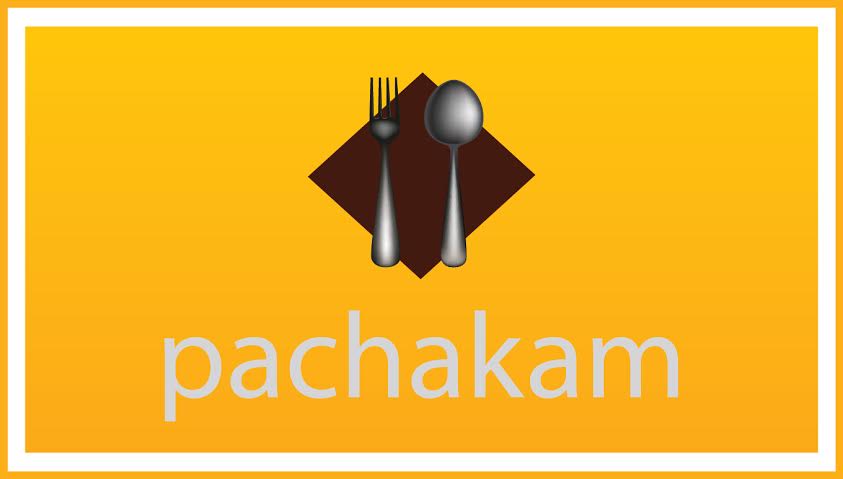

To Monika,
Hi, I also faced the same issue. Just do as stated below and believe me it does work.
1)Divide the dough into 8-9 portions and make balls, using greased
hands. Keep covered with a moist muslin cloth.
2) Mix 1 tsp. flour with 2 tbs. water, to make a `glue` Keep it aside.
3) Roll each ball on a greased surface, one at a time, into an 7-8 inch
circle, approximately 2-3 mm thick. Cut it into half using a knife
4) Apply the glue on the straight side, lift one half in your palm and overlap two cut edges, making a
cone.
5)Glue the overlapping edges and press gently to
give a good seal.
6) Now fill the cone with approximately 2 tbs. of the mix.
20. You should have enough edge left at the top (4-5 mm), to get a good
seal. Using the `glue`, press and seal edges together.
21. Make all samosas like this. Keep them covered with a moist cloth.
Note: If pastry is allowed to dry, it is more likely to burst during frying.
Wish it works for you. Happy Cooking.
well! the recipe is so good. but the only thing that is hard to do is to roll the samosa over. all of the stuff in the samosa just comes out.